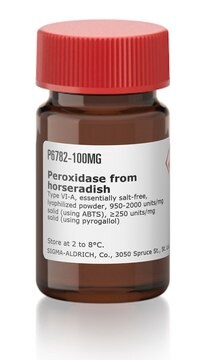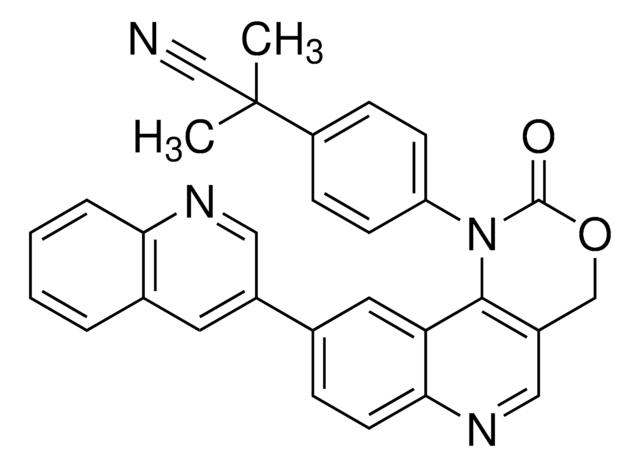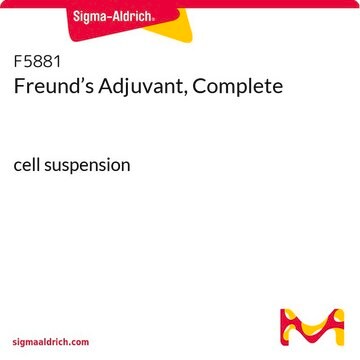It was suggested that to deprotonate L-012 by one-electron oxidation to its radical form, the presence of strong oxidants, in addition to H2O2, is highly recommended. Therefore, the inclusion of HRP is also highly recommended. Moreover, it was mentioned that the presence of superoxide ion alone may not be sufficient to drive the reaction forward. In the event that no reaction was detected, it is highly recommended to titrate up the concentration of H2O2 and HRP, as well as include xanthine oxidase and hypoxanthine to help drive this reaction.
SML2236
L-012 sodium salt
≥98% (HPLC), powder, neurotoxin
Synonym(s):
8-Amino-5-chloro-2,3-dihydro-7-phenyl-Pyrido[3,4-d]pyridazine-1,4-dione, sodium salt, 8-Amino-5-chloro-7-phenyl-2,3-dihydro-pyrido[3,4-d]pyridazine-1,4-dione, sodium salt, L012
About This Item
Recommended Products
Product Name
L-012 sodium salt, ≥98% (HPLC)
Assay
≥98% (HPLC)
form
powder
color
yellow to orange
solubility
H2O: 2 mg/mL, clear
storage temp.
−20°C
SMILES string
[Na+].Clc1nc(c(c3c1c(n[nH][c]3=O)[O-])N)c2ccccc2
InChI
1S/C13H9ClN4O2.Na/c14-11-8-7(12(19)17-18-13(8)20)9(15)10(16-11)6-4-2-1-3-5-6;/h1-5H,15H2,(H,17,19)(H,18,20);/q;+1/p-1
InChI key
IGEUYSJHQQCEFP-UHFFFAOYSA-M
Application
Biochem/physiol Actions
Storage Class Code
11 - Combustible Solids
WGK
WGK 3
Flash Point(F)
Not applicable
Flash Point(C)
Not applicable
Choose from one of the most recent versions:
Certificates of Analysis (COA)
Don't see the Right Version?
If you require a particular version, you can look up a specific certificate by the Lot or Batch number.
Already Own This Product?
Find documentation for the products that you have recently purchased in the Document Library.
Customers Also Viewed
-
Are there any known issues with using SML2236 (L-012 luminol analog) for the detection of reactive oxygen species according to published protocols?
1 answer-
Helpful?
-
Active Filters
Our team of scientists has experience in all areas of research including Life Science, Material Science, Chemical Synthesis, Chromatography, Analytical and many others.
Contact Technical Service










